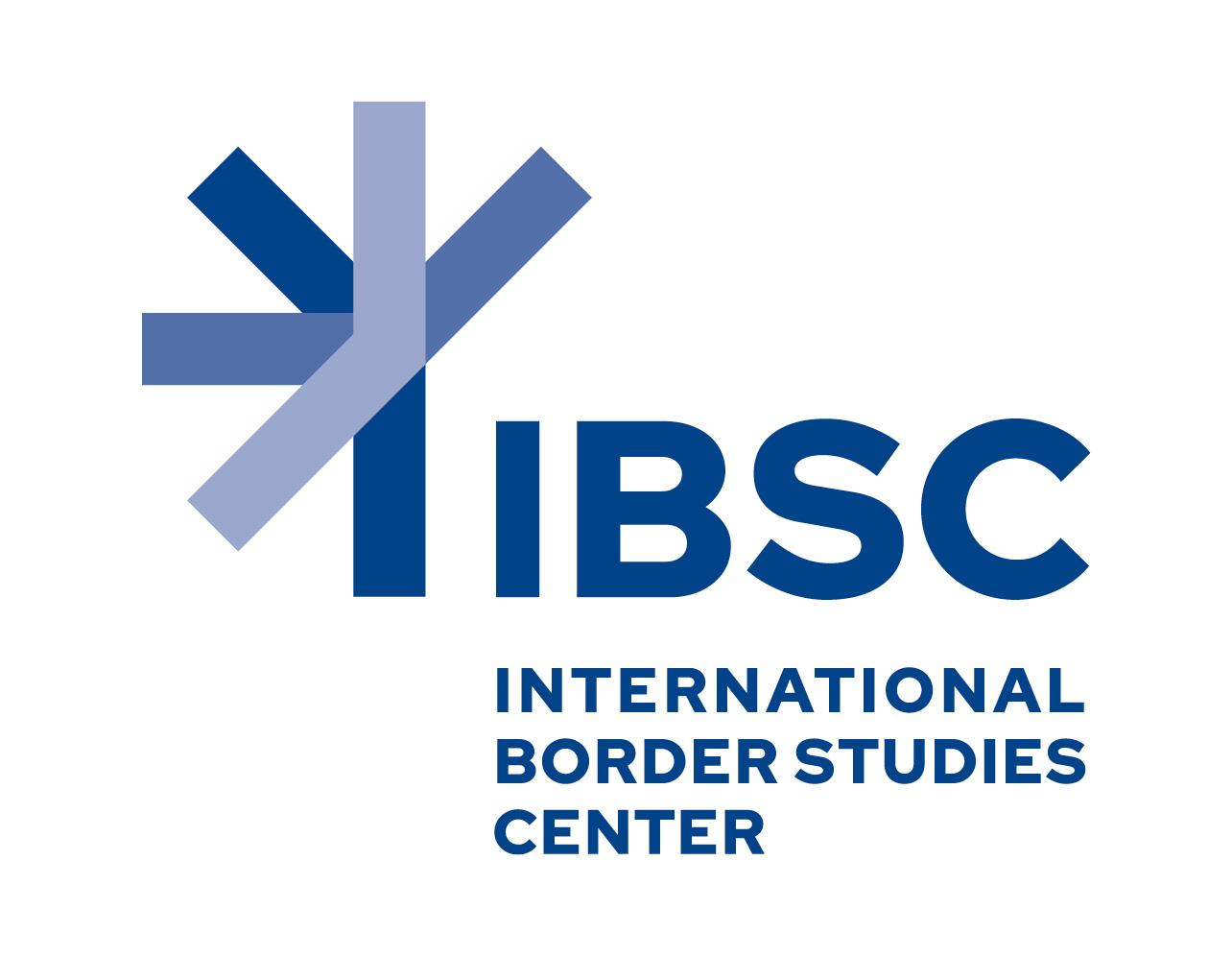Dehio Handbook of Art Monuments in East-Central Europe with development of the digital Dehio Handbook
The long-term project for the „Dehio-Handbuch der Kunstdenkmäler in Ostmitteleuropa” (Dehio Handbook of Art Monuments in East-Central Europe) is currently dedicated to a selection of the most important architectural and art monuments in Poland and the Baltic States, which are described in a hybrid publication – analogue and digital – in several languages.
Founded by Georg Dehio in 1905, the „Dehio-Handbuch der Kunstdenkmäler” is a reference work as well as a travel handbook that concisely conveys local and urban history and offers the most important facts and descriptions of a representative selection of buildings and their furnishings in specific regions. In addition, as an overview work, it contributes to increased attention and greater public awareness of the common European cultural heritage and its preservation. The Dehio Handbook is fundamentally oriented towards historically evolved cultural landscapes in current national borders and administrative units.
Digital Dehio Handbook
As a groundbreaking innovation, the current projects aim at a completely digitally developed hybrid publication: In addition to the traditional analogue product of the printed handbook (in each case in two language versions), an editorial system is being set up as a working platform, at the centre of which are the handbook texts, largely supported by an object database, which in many cases are enriched by the integration of norm data and thesauri as well as by linking with other electronic resources (e.g. image databases). This Digital Dehio Handbook will also serve as a freely accessible research environment (online version for research and research in open access) as well as for mobile use (while travelling, on site). It is being developed in cooperation with digiCULT-Verbund e.G. (memberships through HI and BMBS).
Project history
Since the 1990s, the „Dehio Handbook of Art Monuments in Poland” has been a geographical extension of the traditional Dehios Handbook outside the German-speaking borders on the initiative of the working group of German and Polish art historians and monument conservators, namely to East-Central Europe, where there is a special situation with the diverse historical-cultural interconnections with Germany. After the projects on Silesia and Lesser Poland, North-Eastern Poland now follows. In addition, the perspective was extended to the Baltic countries and a series on Estonia, Latvia and Lithuania was established in cooperation with the Böckler-Mare-Balticum Foundation.
Dehio Handbook of Art Monuments in Poland
Vol. 1: Silesia / Śląsk (dt. vol. 2005, poln. vol. 2006)
From 1998 onwards, the Handbook of Artistic Monuments in Silesia was compiled as the first joint treatment of a pre-1945 German, now Polish region and published in two language versions. It describes the approximately 2,500 most important monuments in the region. The Herder Institute’s partner (main editors: Dr. Christine Nielsen, Sławomir Brzezicki M.A.) was the Regional Centre for Research and Documentation of Monuments (ROBiDZ) in Wrocław (Grzegorz Grajewski M.A.). Object descriptions and introductory texts were written by 17 Polish and German researchers. In addition to the partners’ own funds, the project was financed by third-party funds from the Federal Government Commissioner for Culture and the Media (BKM), the German Research Foundation, the Gerda Henkel Foundation and the Foundation for German-Polish Cooperation.
Volume 2: Kleinpolen / Małopolska (Polish volume 2016, German volumes 2020)
From 2006 onwards, work on the follow-up project dedicated to the region of Lesser Poland was now carried out in cooperation with the Art History Institute of the Jagiellonian University in Krakow (IHS UJ, Prof. Dr. Wojciech Bałus). The work on the almost 3,100 objects was carried out by 25 authors, four translators, two coordinating editors (Dr Joanna Wolańska, Sławomir Brzezicki) and two proofreaders. In addition to the cooperation partners’ own funds, third-party funding came from the Polish Ministry of Science, the Foundation for German-Polish Cooperation and the Hermann Reemtsma Foundation. The first Polish version of the book was produced by the National Institute of Cultural Heritage in Warsaw (NID); its new edition is in preparation. The German version is published by Deutscher Kunstverlag (ISBN 978-3-422-03125-8).
Volume 3: Northeast Poland / Polska północno-wschodnia (Pre-project 2017-19)
For the third sub-project, which is dedicated to north-eastern Poland (Pomerania, Warmia and Masuria) and is being realised in cooperation with the Art History Institute of the University of Gdansk (Prof. Dr Małgorzata Omilanowska, Prof. Dr Tomasz Torbus), essential foundations were laid in two respects in the preliminary project, which has been running since September 2017 until March 2019 and is funded by the BKM: On the one hand, the working area was precisely defined, the first selection of around 3,000 objects was made and a working database with essential geo-data on the places and objects was set up; on the other hand, the conception of the research infrastructure (data model, functionalities) and the set-up of the prototype based on the digiCULT.web system took place.
Further planned components
Pomerania and Neumark
Wielkopolska and Kujawy
Masovia and Podlasie-Region
Latvia (2022-2024)
Lithuania (2025-2027)
